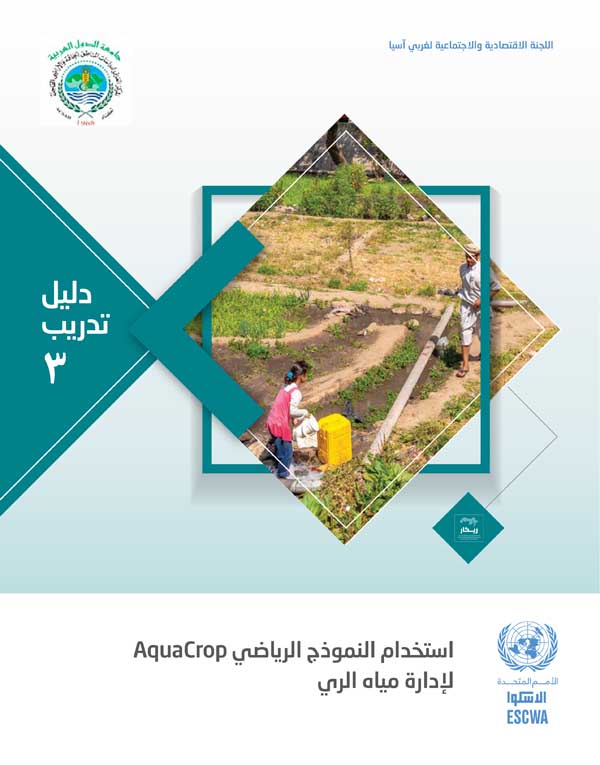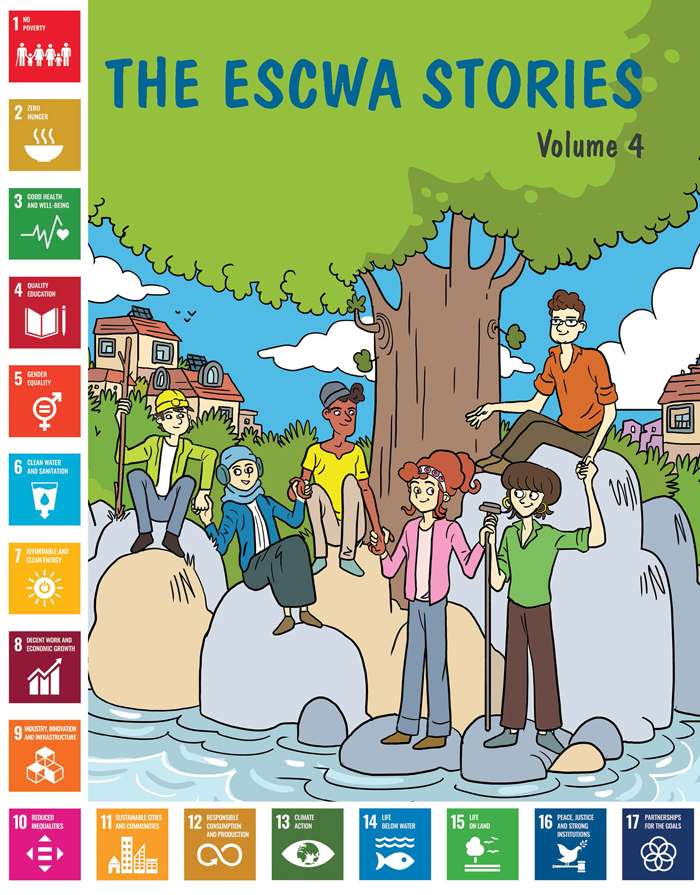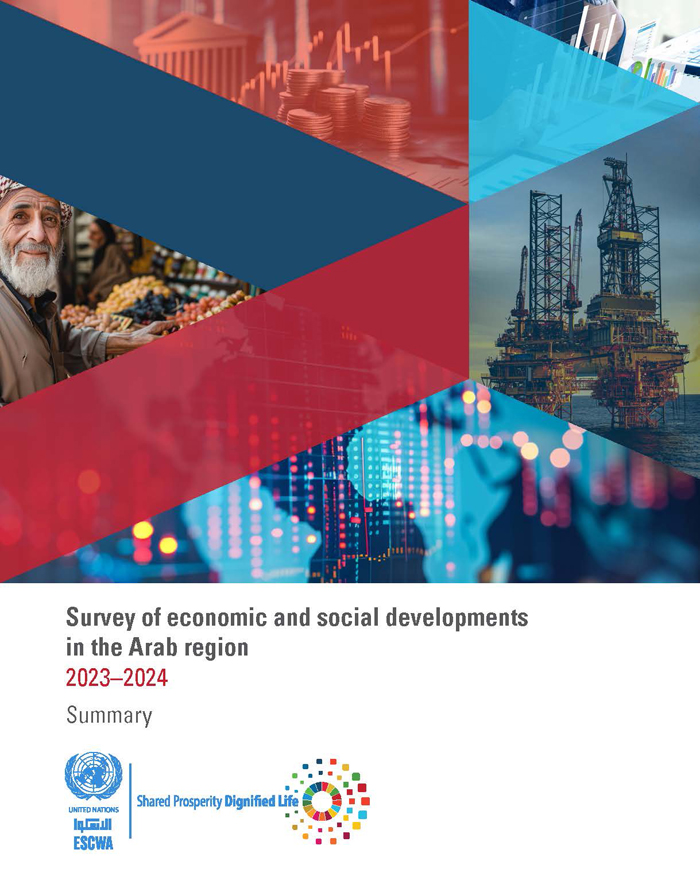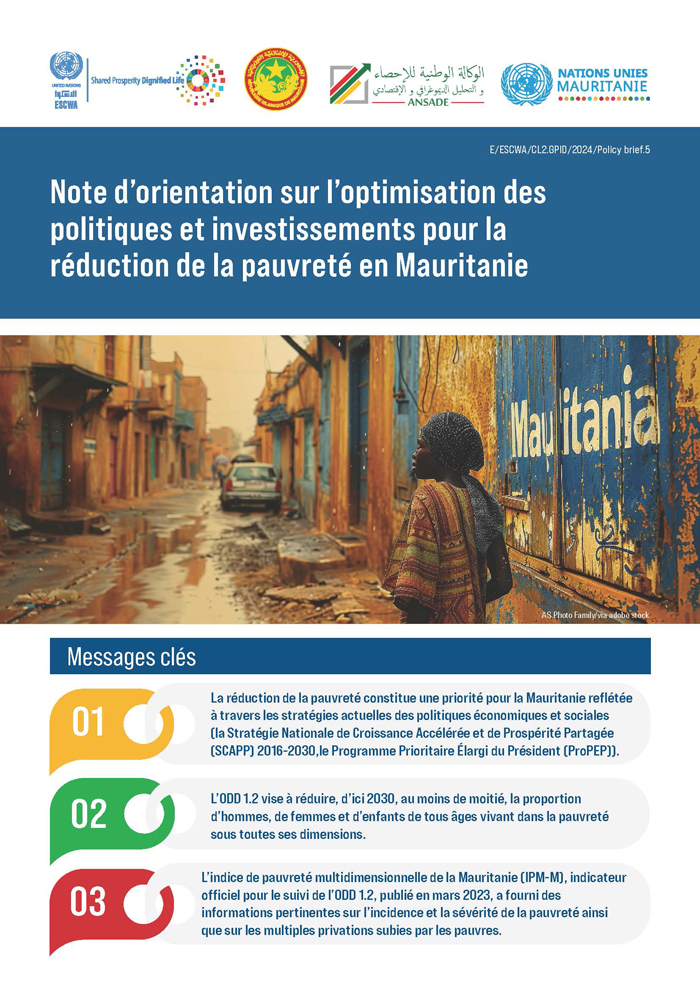
ESCWA Publication: E/ESCWA/SDPD/2019/GUIDE.3
Country: Arab region
Publication Type: Training material
Cluster: Climate Change and Natural Resource Sustainability
Focus Area: Natural resource sustainability
Initiatives: Enhancing resilience and sustainability of agriculture, Promoting food and water security
SDGs: Goal 6: Clean Water and Sanitation
Keywords: Agricultural production, Arab countries, Food security, Technology, Water, Technical cooperation, Water resources, Agricultural training
Guidebook on using AquaCrop for irrigation water management
January 2019
This guidebook is the third of a series of guidebooks produced by ESCWA in cooperation with the Arab Center for the Studies of Arid Zones and Dry Lands (ACSAD) in relation to the use of Aquacrop for irrigation water management. It aims at promoting efficient irrigation water management through capacity development in the Arab region. This will contribute to enhancing the resilience and sustainability of the agricultural sector in view of the prevailing water scarcity and increased demand on water in the Arab region. The AquaCrop model allows the input of crop data and climatic data (Plant available water, irrigation intervals, effective root depth, net irrigation, rainfall, temperature…) to calculate water requirements and schedule irrigation depending on many climatic and land factors.
Related content
Natural resource sustainability
,
This guidebook is the third of a series of guidebooks produced by ESCWA in cooperation with the Arab Center for the Studies of Arid Zones and Dry Lands (ACSAD) in relation to the use of Aquacrop for irrigation water management. It aims at promoting efficient irrigation water management through capacity development in the Arab region. This will contribute to enhancing the resilience and sustainability of the agricultural sector in view of the prevailing water scarcity and increased demand on water in the Arab region. The AquaCrop model allows the input of crop data and climatic data (Plant available water, irrigation intervals, effective root depth, net irrigation, rainfall, temperature…) to calculate water requirements and schedule irrigation depending on many climatic and land factors.



